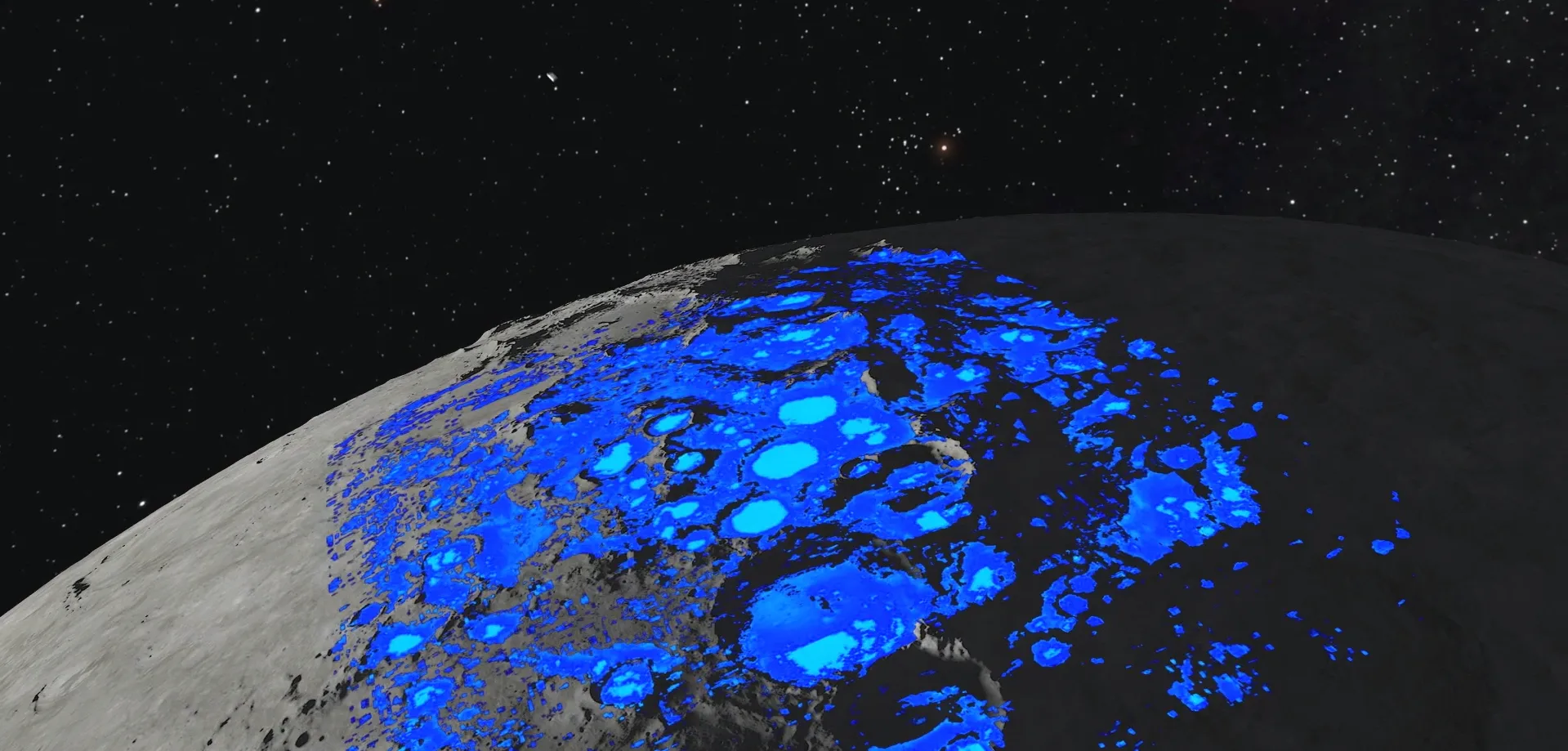The moon has glass beads that may contain billions of tons of water.
If we hope to one day colonize the moon, a few things are absolutely necessary for our survival. Chief among these necessities is water; we can’t live very long without it. Because Earth is nestled in the life-supporting comfort of our sun’s Goldilocks zone(not too hot, not too cold), water can be found on its surface in abundance — but what about the moon?
In the late 2000s, various space missions discovered hydration on the moon, but it wasn’t clear if it was water or a related molecule called hydroxyl. In 2020, NASA finally confirmed that water is distributed across the lunar surface. But a potentially game-changing discovery arrived in 2023, after the Chinese Chang’e-5 lunar mission discovered that small glass spherules, also known as impact glasses or microtektites, contained H20 — possibly some 330 billion tons of it — on the lunar surface.
These water-filled beads are formed in a complex process of space chemistry that’s kick-started by meteorites slamming into the moon at hundreds of miles per hour. The spheres contain oxygen that reacts to ionized hydrogen in solar winds to form water. This is potentially a huge boon for future astronauts — whether NASA or otherwise — who hope to establish a moon base, as these widespread, water-filled spheres can be boiled and then cooled to extract potable water vapor. And so while the moon’s dull and lifeless surface may seem inhospitable to human habitation, with every new discovery, our celestial neighbor is looking more and more welcoming.
And the hurricane risk is pretty small.


